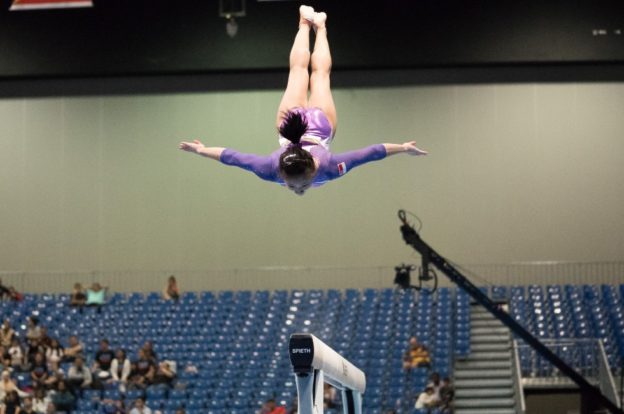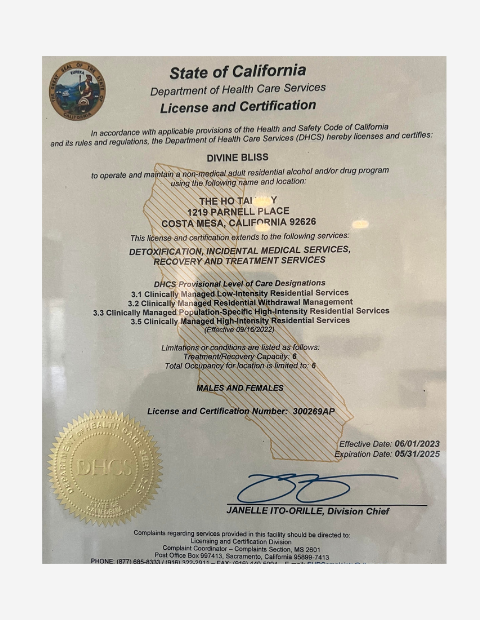Female athletes have long struggled to be acknowledged. For many, they had to compete with boys or men just to have the opportunity to play their sport or compete at all. As women’s sports have become more popular, more women have enjoyed the opportunities to participate and compete at a high level. They know what it is to fight for their passion, work hard, and enjoy the thrill of victory when they succeed.
However, there is a sinister threat to their mental and physical health that comes along with competition – addiction to substances. Why are so many female athletes at risk for addiction?
The Realities of Competition for Women
With fewer spots available to women than men at the highest levels of sport, competition is even more fierce for females. This level of competition translates into more emotional stress for these athletes. More emotional stress leaves female athletes with more potential for finding a harmful coping mechanism, such as using substances.
Drinking alcohol, for example, is a common coping mechanism for female collegiate athletes. According to the Harvard School of Public Health’s study “U.S. College Athletes Binge Drink More than Their Non-Athlete Peers,” they are more likely to binge drink than their non-athlete peers, a practice that can commonly lead to addiction.
Female Athletes and the Connection to Eating Disorders
While competition is fierce for female athletes, and eating disorders and abusing appetite suppressants, laxatives, and diuretics can produce dangerous side effects on health, their usage is much higher by athletes than by their non-athlete female peers. Despite the risk of electrolyte imbalance, muscle loss, bone loss, and increased chance of injury, a study of female collegiate gymnasts found that 62% had used at least one extreme weight loss method at least twice a week for three or more months.
Both eating disorders and the abuse of dietary aids such as these are more common among female athletes than males. Females also commonly use a dietary supplement known as ephedrine more commonly than their male peers.
The Perpetual Threat of Injuries and How to Treat the Pain
One of the risks of competing is the perpetual threat of injury. Whether injuries occur due to overuse or simply as a consequence of participating in sports, the pain from injuries is also a reality that female athletes are forced to deal with. Most injury-related pain is treated with opioid-based pain medications, which are at extremely high risk of causing addiction.
According to one fact sheet about opioid misuse amongst student athletes, eight percent of student female athletes had used an opioid pain medication within the past year. Care should always be taken to prevent injuries wherever possible and to treat pain without opioid-based pain medications whenever possible as well. When pain medications must be used, they should be used with great care to prevent addiction.
The Constant Enticement of Performance-Enhancing Drugs
The desire to excel and be the best creates a dangerous temptation for female athletes to use Performance-Enhancing Drugs (PEDs). Many types of PEDs are often banned at the amateur and professional levels, including hormones, steroids, other anabolic agents, stimulants, diuretics, narcotics, blood doping agents, and more.
For some athletes, winning at any cost is more important than their long-term or short-term health or safety. Despite the appeal of improved or enhanced performance, there are always health consequences of using these various substances. For some of these substances, the consequences include addiction.
Why Female Athletes Are in Danger of Depression
Both during and after their careers, female athletes are at high risk of mental health disorders, particularly depression. The stress of competition and the natural emotional and physical highs and lows of working out and competing can cause women to become depressed. Women are already twice as likely as men to become depressed, meaning female athletes are also at greater risk than their male peers.
When female athletes are depressed, they also risk using drugs or alcohol to cope with their depression. This creates yet another risk factor for addiction and additional risks for suicidality or even potential suicide.
Despite the discipline and powerful emotions involved in competing in sports, it seems that addiction is always just one step away for female athletes if they are not proactive in preventing substance abuse. The risk is so high due to the hazards of the industry, and there should be no shame if you are a female athlete who has an addiction. You can find treatment for your addiction and reclaim your life from substances.
Why are so many female athletes at risk for addiction? Female athletes risk addiction from coping with the realities of competition, eating disorders or abusing diuretics, and addiction from using opioid-based pain medications to treat potential injuries. Female athletes are always at risk of addiction to Performance-Enhancing Drugs, and they risk addiction due to coping with potential depression during or after their career, as well. The Ho Tai Way – Recovery For Women specializes in detox and residential treatment for female athletes with addiction. We offer evidence-based and complementary therapeutic modalities and individualized treatment plans for each of our patients. Our Costa Mesa, California facility is easily accessible from all major Southern California freeways. We offer a discreet, non-judgmental, safe space for healing. Are you a female athlete who has an addiction? Call The Ho Tai Way today at (714) 581-3974 to learn more about how we can help you.









